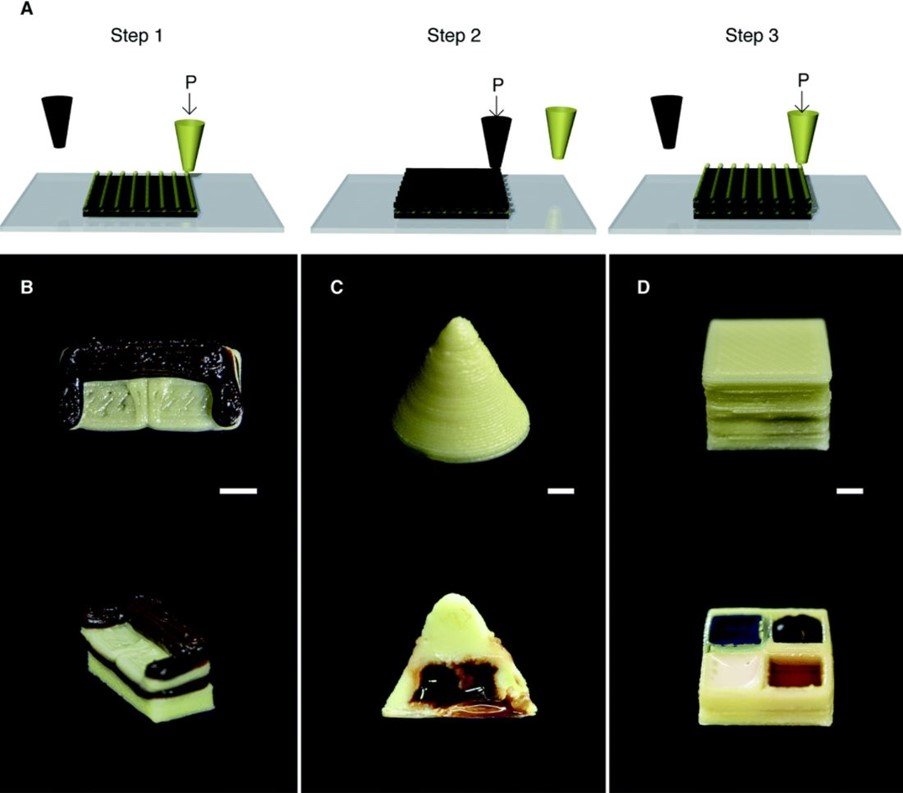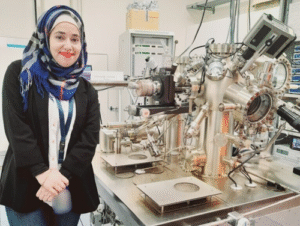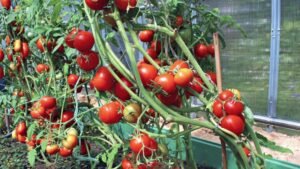Saturday, 18 October 2025
Singapore develops low-temperature technique to 3D print milk products
Traditionally, 3D-printed foods have often used SLS & hot-melt extrusion methods In a recent research done by the Singapore University of Technology and Design (SUTD), it is found that milk-based…

Traditionally, 3D-printed foods have often used SLS & hot-melt extrusion methods
In a recent research done by the Singapore University of Technology and Design (SUTD), it is found that milk-based products can now be 3D-printed at room temperature without additives, hence preserving its temperature-sensitive nutrients while appealing to consumers on the hunt for clean labels.
Researchers from SUTD have developed the direct ink writing (DIW) technique, which is now subject to ‘ongoing plans for commercialization’.
Lead author and SUTD Ph.D. candidate, Lee Cheng Pau, stated in the research that the ‘novel yet simple’ method can be used in formulating various nutritious foods, including those served to patients in hospitals for their special dietary needs.
A variety of shapes were successfully printed, including a couch, a cloverleaf, a fortress and a wheel. The only ingredients are milk powder and water, which is added to control the rheology. The texture depends on the final shape and size. Meanwhile, the taste is simply that of powdered milk. Further, printing time depends on the complexity of the shape and size.
Traditionally, 3D-printed foods have often used selective laser sintering (SLS) and hot-melt extrusion methods. However, these methods are not always compatible with temperature-sensitive nutrients found in certain foods.
To tackle these limitations, the SUTD team changed the rheological properties of the printing ink. The printable ink needed to exhibit shear-thinning behavior, where the viscosity is low at a high shear rate to allow extrusion of ink from the nozzle.
Extensive characterizations of the formulated milk ink were also conducted to analyze their rheological properties and ensure optimal printability.
(Image caption- Researchers investigated printing the milk alongside other foods)
Technology
Julius Meinl introduces industrially compostable capsules
Oct 17, 2025 | Beverages
Engineering Nutrition: Marico’s R&D Push to Redefine Everyday Wellness
Oct 17, 2025 | Food
Quantum leap to tackle Australian food security and student wellbeing
Oct 16, 2025 | Australia
Food Testing
ADM advances quality capabilities with opening of new Central Milling Laboratory
Oct 16, 2025 | Company News
South Australia now tomato virus free
Oct 13, 2025 | Australia
Inside Agilent’s Strategy to Make India Global Benchmark in Food Testing
Oct 10, 2025 | Food Safety and Testing
More Popular
South Africa’s Premier Group to acquire RFG Holdings
Oct 17, 2025 | Africa
Julius Meinl introduces industrially compostable capsules
Oct 17, 2025 | Beverages
Nestlé accelerates growth strategy with RIG-led investments and cost optimisation plans
Oct 17, 2025 | Company News






